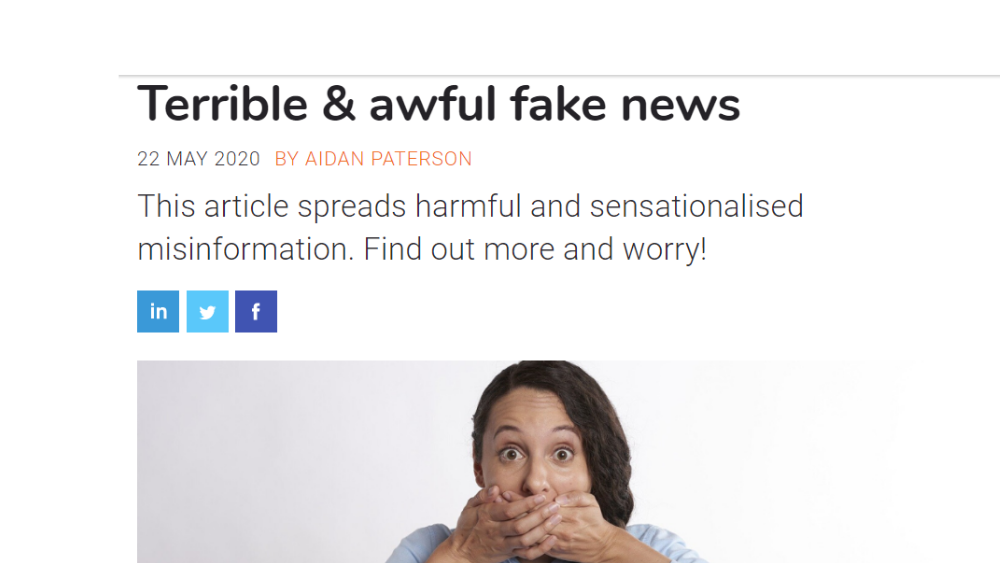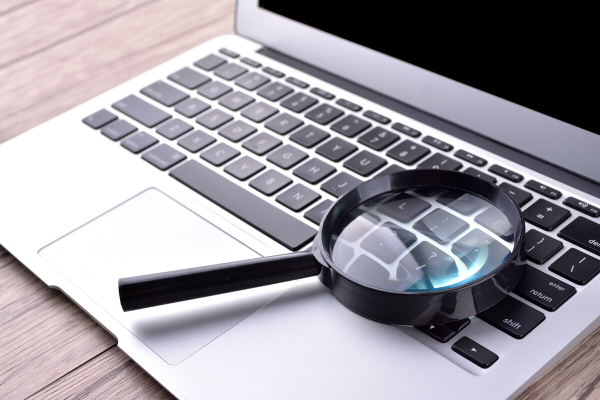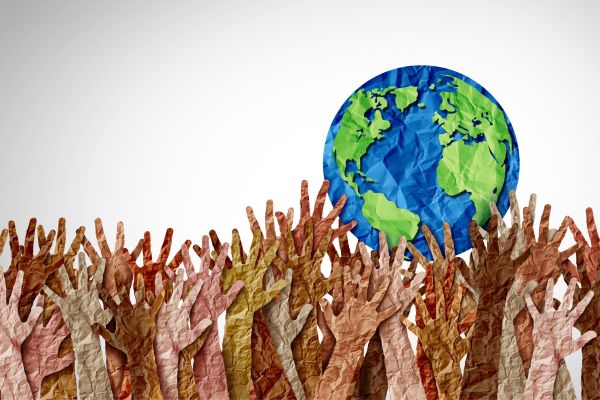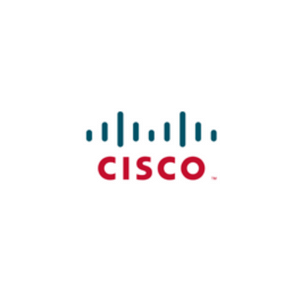Insights
INSIGHTS
All Topics
How charities can fight back against the COVID-19 'fake news' epidemic
22 May 2020by Chloe Green
A strong communication strategy and keen verification skills are essential for charities to rise above the din of coronavirus misinformation and be a trusted authority for the public
A paste made of cider vinegar, cloves and herbs; bloodletting; strapping a live chicken or a cut-up snake to the skin; crushed up emeralds; the ground-up horn of a unicorn – these were all rumoured ’cures’ for the bubonic plague during the Black Death in the 14th century.
Thankfully, what we know about medical science has vastly improved in 700 years. Amazing, then, that in 2020’s coronavirus pandemic, Dettol, the company that makes disinfectant, had to issue a statement to the media saying that under no circumstances should anyone ingest its products as a way to fend off the virus - thanks to unverified prattle spread by the president of the United States.
We’ve all seen the WhatsApp messages going around from ’a friend of a friend who’s a doctor’ promoting the latest dodgy coronavirus health myth. From holding your breath to eating garlic, ’flushing out’ the virus with water to sunbathing, spurious cures, rumours and conspiracy theories abound. It seems that human nature never changes, and in times of a new and unknown health threat, people are susceptible to panicking and latching on to misinformation.
The rise of digital communication and the internet means that information spreads rapidly while old distinctions between what is an ’authoritative’ information source and what isn’t have all but disappeared. A recent study found that as many as 1 in 4 YouTube videos about the coronavirus contain inaccurate or misleading information.
’Fake news’ has real and dangerous consequences, fuelling anxiety, division and panic and making it harder for people to do what actually works and know how to protect themselves. The conspiracy theory linking 5G to coronavirus is one example of a harmful myth that spread rapidly out of control through Facebook and YouTube, helped along by a number of celebrities. This has continued to gain traction despite the number of ’rusted sources invalidating it and has led to vandalism, threats and violence by members of the public against those working for internet infrastructure companies.
A lot of these rumours might seem absurd but it can be difficult to separate fact from fiction when scientific understanding is always changing and the experts themselves don’t always agree. Some ’fake news’ is more subtly wrong and harder to spot. Even things that aren’t obviously untrue might seem convincing if they are mixed with information that is legitimate. And even information that isn’t deliberately deceptive may be hard to understand and so easy to misinterpret.
What have charities got to do with it?
The coronavirus pandemic has exposed even more starkly how fundamental charities are to the social wellbeing of the UK, stepping in to fill the gaps where Government services have fallen short and continuing to be a vital safety net for society’s most vulnerable.
In the internet age, it’s not just the role of official news publications to disseminate information. It is the role of charities to be an authority in the area they serve, and if your charity communicates over social media or the internet, this includes you. Just like everyone must help stop the spread of the virus, charities have a responsibility to help stop the dangerous ’infodemic’ of false information.
So how can we fight back? IBT (International Broadcasting Trust)’s report ’Faking it – fake news and how it impacts on the charity sector’ sets out some recommendations on how charities should work to gain the trust of the public in an atmosphere of mistrust, rise above the din and educate people:
- Maintain a strong communication strategy, built around strong core values. This is is the only way "to be heard above the increasingly strident competing voices on platforms like Facebook and Twitter"
- Train key staff in verification methods so that information coming from your charity is always carefully scrutinised. First Draft, an organisation dedicated to helping fight disinformation, has resources and training for communications professionals specifically on covering coronavirus accurately
- Check your sources: "Good journalism has always involved checking sources and verifying evidence and the same rules apply to NGOs," says the IBT. "Amnesty has set up its own Digital Verification Corps to ensure that all content in its research is authentic." Ensure your sources are specific and trusted, and if in doubt, don’t spread it. Government health websites and the World Health Organisation website are always the best sources of health information related to the coronavirus
- Be especially careful with numbers, statistics and data visualisations as these are surprisingly easy to manipulate and mislead. Where there are videos or images, make sure you know the source as these can easily be used in the wrong context
- Be transparent: "Whilst it is essential that NGOs ensure that any information provided or shared by them is accurate, it is equally important that they are transparent about their sources and methods of authentication. Being prepared to share their methodology is another way of building trust with the media"
- Don’t just regurgitate what’s out there in the same way. Content that is engaging, accessible and includes original storytelling is always more likely to be valued, listened to and understood
- Equally, strong branding is essential for charities to differentiate themselves from other, less reliable information sources. "It’s difficult to differentiate between brands online," says IBT. "Package your material in an identifiable way – and NGOs are good at this these days – so that people recognise it"
- Invest in relationships with trusted media outlets to help reinforce and amplify messaging
Chloe Green
More on this topic
Related Content
Recommended Products
Our Events
Charity Digital Academy
Our courses aim, in just three hours, to enhance soft skills and hard skills, boost your knowledge of finance and artificial intelligence, and supercharge your digital capabilities. Check out some of the incredible options by clicking here.
















